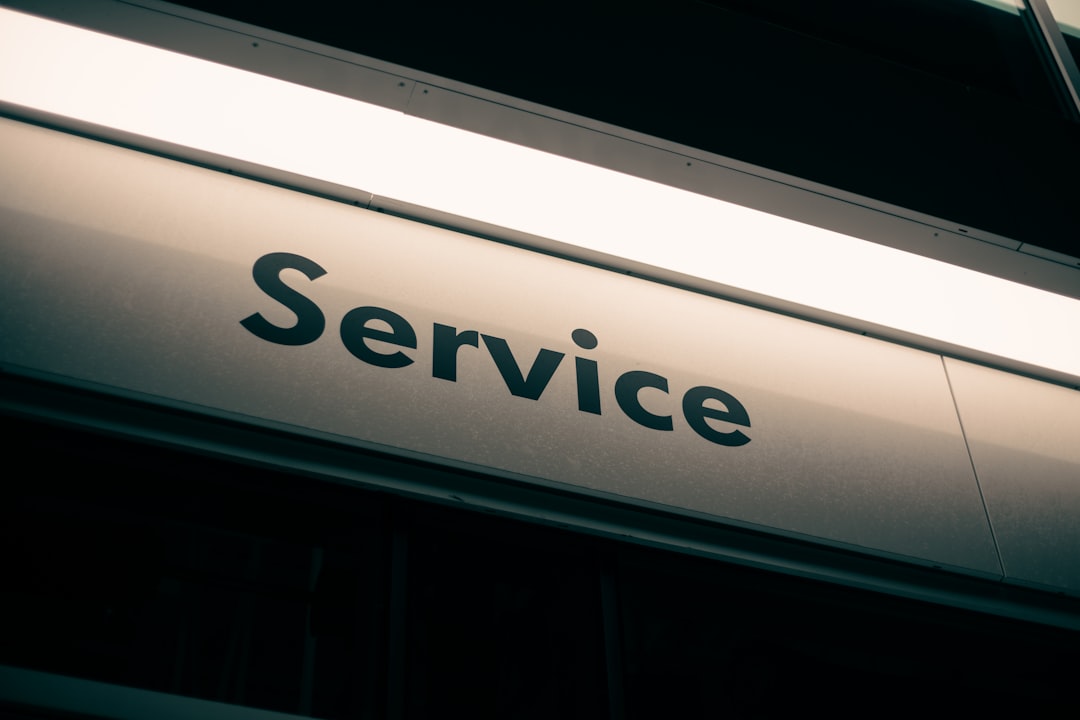 Choosing the Right Home Remodeling Contractor for Your Project
Choosing the Right Home Remodeling Contractor for Your Project
Embarking on a home remodeling project can be both exciting and intimidating. Whether you’re looking to update your kitchen, add an extra room, or completely transform your living space, finding the right home remodeling contractor is crucial to achieving your vision. The right contractor will not only bring your ideas to life but also ensure that the project progresses smoothly and within budget. In this article, we will discuss essential tips for selecting a remodeling contractor that suits your needs.
Start by conducting thorough research to identify potential contractors in your area. Utilize online resources, such as review websites and social media platforms, to read testimonials from past clients. Recommendations from friends or family who have completed similar projects can also be invaluable. Compile a list of contractors that have consistently received positive feedback, and make sure to check their credentials. This includes verifying licenses, insurance, and any certifications that may be relevant to your specific project.
Once you have a shortlist of potential contractors, schedule interviews or consultations to discuss your remodeling vision. This is a great opportunity to gauge their communication skills, professionalism, and enthusiasm for your project. Ask about their experience with similar projects and request a portfolio of their previous work. A good contractor should not hesitate to share examples of their craftsmanship, as this provides insight into their style and capabilities.
Another essential aspect to consider is the contractor’s estimated timeline and budget for your remodel. During your discussions, request detailed written estimates that break down labor, materials, and any additional fees. This not only ensures transparency but also allows you to compare offers more effectively. Be cautious of bids that seem unusually low, as they may indicate potential hidden costs or subpar work. A realistic timeline is also vital, as renovations can be disruptive to your daily life, and understanding the expected duration of the project will help you prepare accordingly.
Finally, establish a solid contract with your chosen contractor before work begins. This document should clearly outline the scope of work, payment schedule, and timeline for completion. It should also include clauses for potential delays or changes to the project. Having everything documented will protect both you and the contractor, providing a clear roadmap to follow throughout the renovation process. Once the contract is signed, maintain open lines of communication throughout the project to address any concerns or unforeseen issues as they arise.
In conclusion, selecting the right home remodeling contractor is a critical step towards realizing your dream space. By conducting thorough research, interviewing candidates, comparing estimates, and drafting a detailed contract, you’ll be well on your way to a successful remodeling project. Remember, a well-chosen contractor not only enhances the transformation of your home but also brings peace of mind throughout the entire process.
 Office Smart Installation: Streamlining Your Workspace
Office Smart Installation: Streamlining Your Workspace Understanding the Significance of CPR Accreditation
Understanding the Significance of CPR Accreditation Limousine Providers: A Summary of High-end Transportation
Limousine Providers: A Summary of High-end Transportation